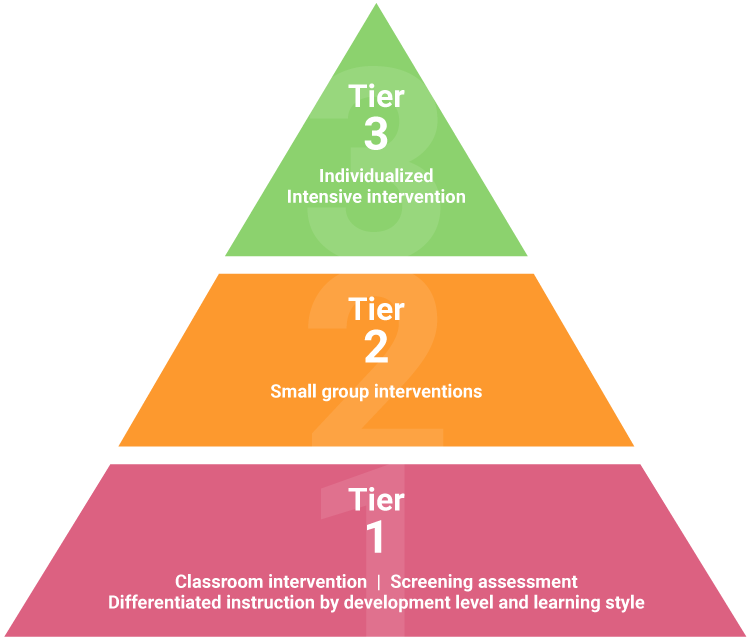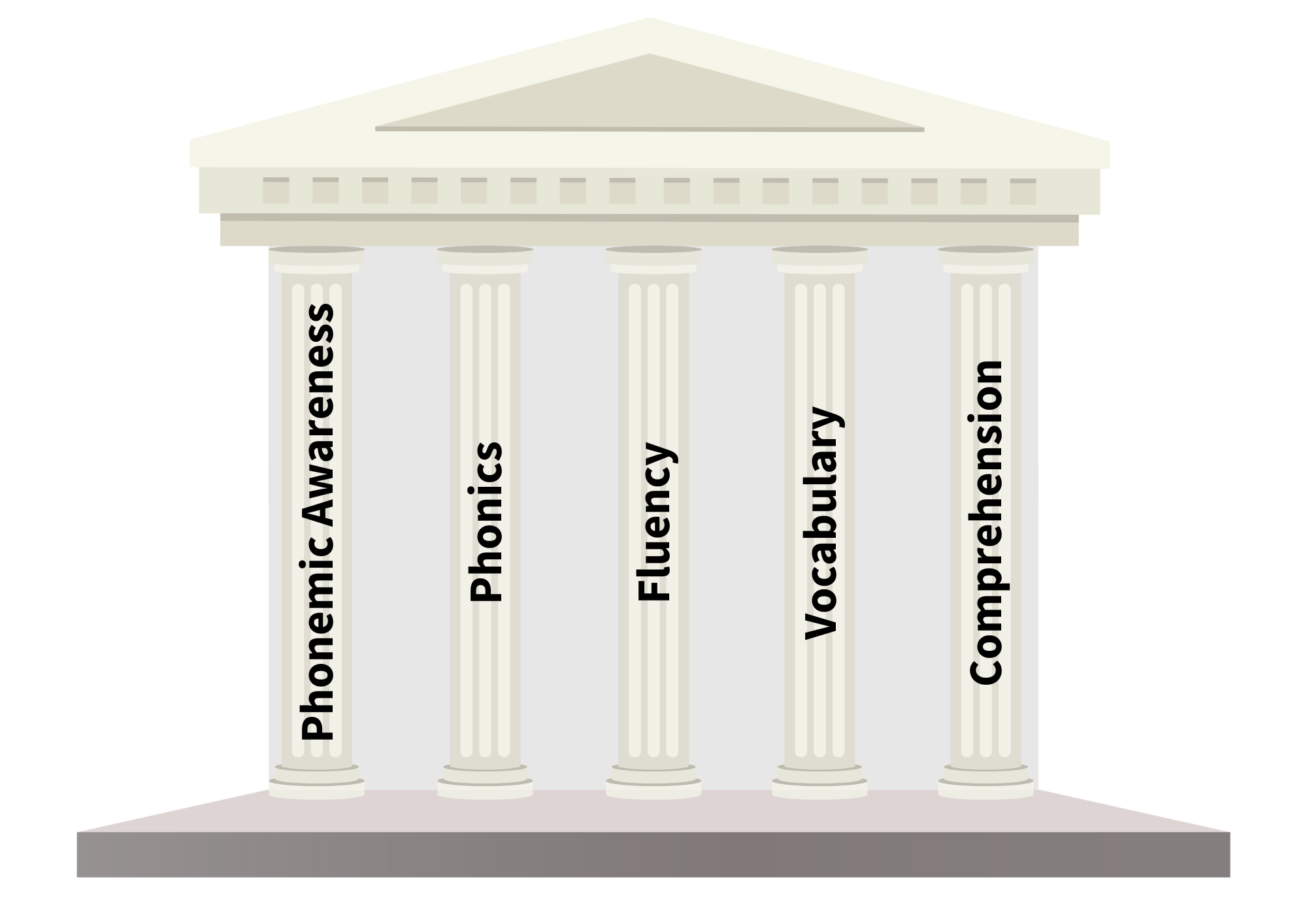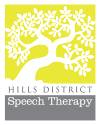Dyslexia is a language-based learning disability of neurological origin.
Dyslexia primarily affects the skills involved in accurate and fluent word reading and spelling. It is frequently associated with difficulties in phonological processing. It occurs across the range of intellectual abilities with no distinct cut-off points. It is viewed as a lifelong disability that often does not respond as expected to best-practice evidence-based classroom methods for teaching reading.
At Hills District Speech Therapy our literacy and language assessment battery is designed assess your child’s particular strengths and weaknesses and aims to identify the underlying causes of their literacy difficulties. This in turn guides our tailored speech therapy program and guides our specific recommendations for school.


The Five Pillars of Reading
At HDST, we appreciate the extensive body evidence surrounding the science of reading. A large part of this evidence is that there are five crucial, interrelated ‘pillars’, or sets of knowledge and skills, that form the foundations for reading (Five from Five, 2024). These are:
- Phonemic Awareness
- Phonics
- Fluency
- Vocabulary
- Comprehension.
Our tailored literacy program, carried out by trained speech pathologists is based on the most current and up to date research and therefore ensures that:
- The learning is personalised; we match the delivery to meet the child’s individual needs
- Phonological skills are systematically prioritised for reading and writing
- The following principles are adhered to:
- Highly structured, systematic, direct and explicit instruction
- Graphic representation is used
- Allows time for reinforcement and encourages generalisation
